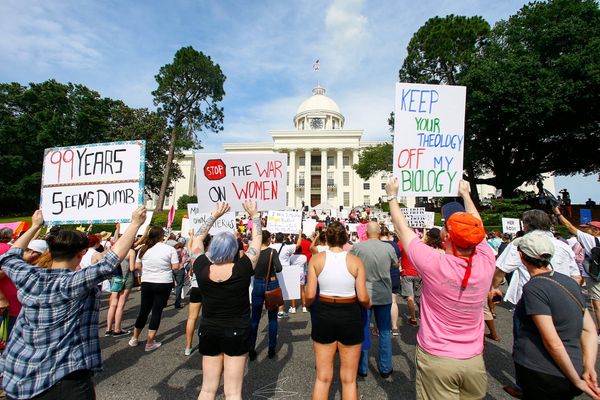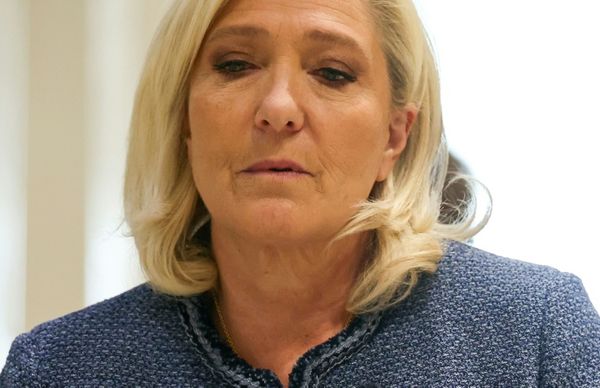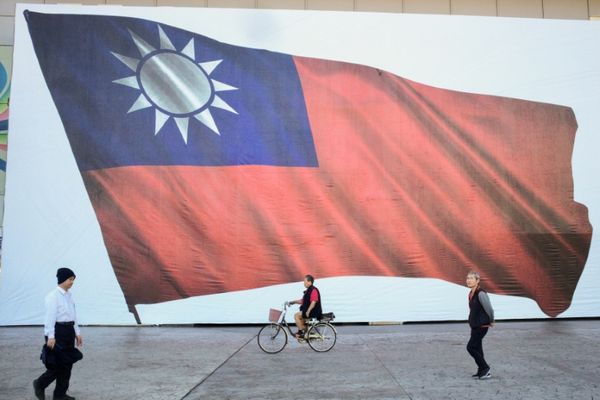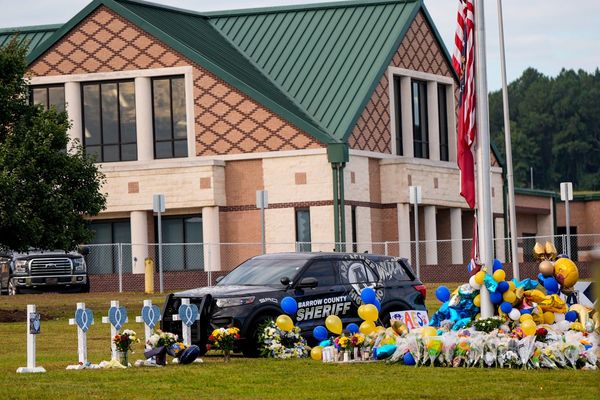
To the admiring patrons of a special exhibition at the Orlando Museum of Art, they were among Jean-Michel Basquiat’s finest works, the angst of the troubled 1980s neo-expressionist rebel shining through the vivid colors of the compositions before them.
But what the paying public was really viewing were fakes, hastily slapped on offcuts of cardboard in 30 minutes or less by an unscrupulous auctioneer and an accomplice cashing in on the late artist’s famous name.
The fraud came to light through an FBI investigation into the museum’s much-vaunted Heroes and Monsters exhibition last year, featuring 25 pieces purportedly by Basquiat, whose work has previously sold for $110m.
According to the justice department, Michael Barzman, 45, a storage unit auctioneer from North Hollywood, California, saw an opportunity to make money by replicating the works of the artist, who died of a heroin overdose in 1988 at the age of 27.
Together with his sidekick, known only by the initials JF, Barzman sold the fakes on eBay, using the cover story that they were discovered after years hidden in an abandoned storage locker.
Barzman and his co-conspirator would leave their forgeries outside to age them, the justice department said. But the New York Times reported that the scam was exposed when a consultant spotted a FedEx label on the backside of one of the fakes used a typeface not introduced until 1994, six years after Basquiat’s death.
The museum presented the collection as paintings Basquiat created on offcuts of cardboard in late 1982, while he was living in Venice, California.
“JF spent a maximum of 30 minutes on each image and as little as five minutes on others, and then gave them to Barzman to sell. [They] agreed to split the money that they made,” according to a plea deal Barzman signed admitting lying to FBI agents about the fraud.
Joel Koury, Barzman’s attorney, said his client regretted the fraud.
“For decades Mr Barzman was unable to get health insurance while battling cancer. Drowning in debt, he panicked and joined this scheme and lied when initially confronted,” he told the Washington Post.
“More recently, he has fully cooperated with law enforcement to try to rectify his initial poor judgment.”
The duped Florida museum, meanwhile, is conducting its own inquiry, according to the Orlando Sentinel, and says it has tightened whistleblower protections to prevent similar future incidents.







